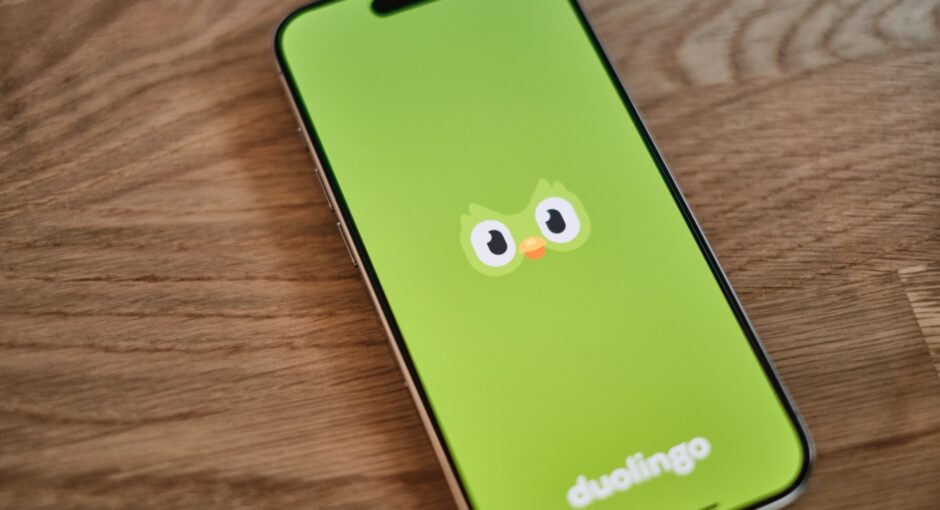Learning a new language often seems like a daunting task. Many people start with enthusiasm but quickly lose interest. Duolingo, however, has found a way to keep learners engaged consistently, even when their initial motivation wanes. By blending gamification, bite-sized lessons, and a strong sense of progress, the app transforms language learning into an almost addictive experience.
Gamification Keeps Users Hooked
One of the most effective ways Duolingo motivates users is through gamification. Lessons are structured like levels in a game, where learners earn points, unlock achievements, and maintain streaks. This creates a natural sense of accomplishment that drives continued engagement.
Some of the key gamified elements include:
- Daily streaks that encourage learners to practice every day.
- Experience points (XP) earned for completing lessons and exercises.
- Leaderboards that let users compare progress with friends and other learners.
- Badges and achievements that reward milestones like completing a skill tree or mastering a lesson.
Short, Focused Lessons Fit Busy Schedules
Duolingo understands that attention spans are limited, so lessons are designed to be short and manageable. Most exercises take only 5–10 minutes, allowing learners to fit practice into their day without feeling overwhelmed.
Benefits of short lessons include:
- Reduced cognitive overload, making it easier to retain vocabulary and grammar.
- Flexibility to practice on the go, whether during commutes or breaks.
- Continuous reinforcement, since frequent short sessions are more effective than sporadic long ones.

Adaptive Learning Tailors the Experience
Duolingo uses adaptive learning technology to tailor lessons to each user’s level. The app tracks mistakes and adjusts difficulty to ensure learners are challenged without being frustrated. This personalization keeps users from giving up because lessons always feel attainable yet stimulating.
Comparison of Duolingo Features
To understand why Duolingo stands out, it’s helpful to compare key features against traditional language learning methods:
| Feature | Duolingo | Traditional Methods |
|---|---|---|
| Lesson Length | 5–10 minutes | 30–60 minutes |
| Progress Tracking | Instant, visual indicators | Occasional tests or grades |
| Motivation Tools | Streaks, XP, leaderboards | Limited, mainly external (grades or deadlines) |
| Accessibility | Mobile app available anytime | Often classroom-bound or schedule-dependent |
Interactive and Varied Exercises
Another reason learners stick with Duolingo is the variety of exercises offered. From translation and listening comprehension to matching words with images, each activity engages different cognitive skills, keeping the experience dynamic.
Examples of exercise types:
- Typing translations to reinforce spelling and grammar.
- Listening exercises to improve pronunciation and comprehension.
- Matching games for vocabulary reinforcement.
- Speaking exercises to practice pronunciation and fluency.

Making Learning Stick
Duolingo’s success lies in combining psychological principles, adaptive learning, and engaging design. By turning lessons into a game, keeping them short and achievable, and offering personalized content, it motivates users to continue practicing even when they might otherwise lose interest. Whether you’re learning a new language for travel, work, or personal growth, Duolingo demonstrates that motivation isn’t always necessary when learning is made fun, interactive, and rewarding.
What Are the Alternatives to Duolingo?
If you are looking to explore other options for language learning, there are several apps that provide similar features and gamified experiences. One notable choice is app like Duolingo, which offers interactive lessons, engaging exercises, and a user-friendly interface to help learners stay motivated and make steady progress.





